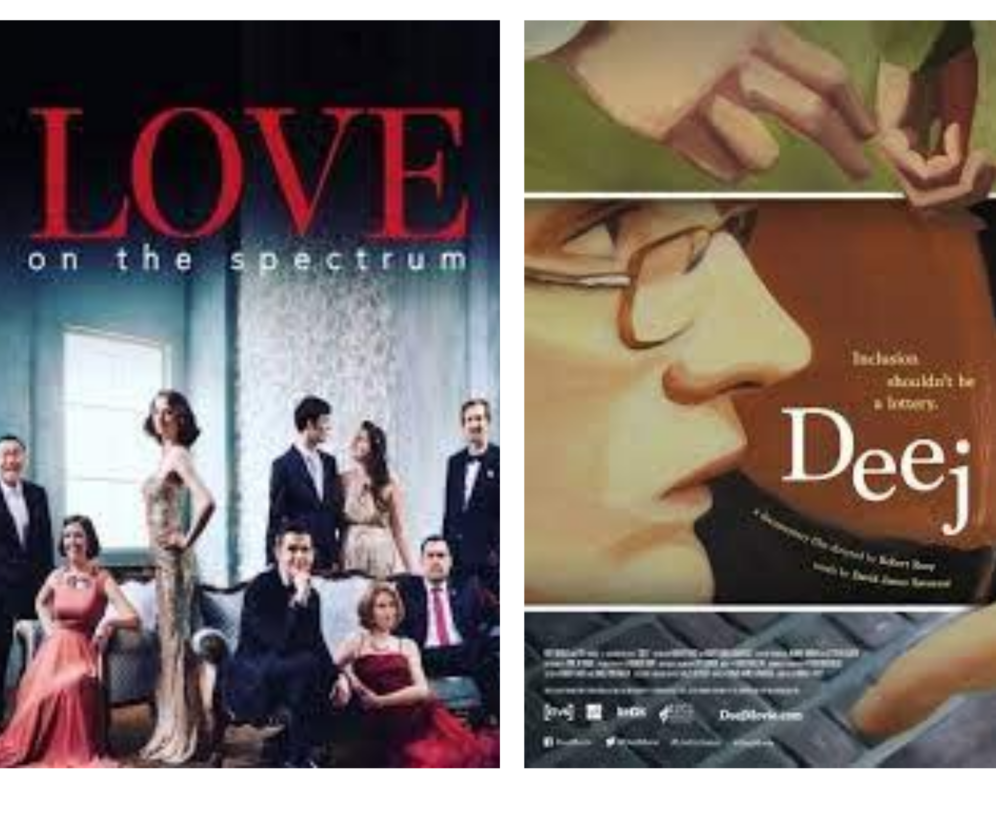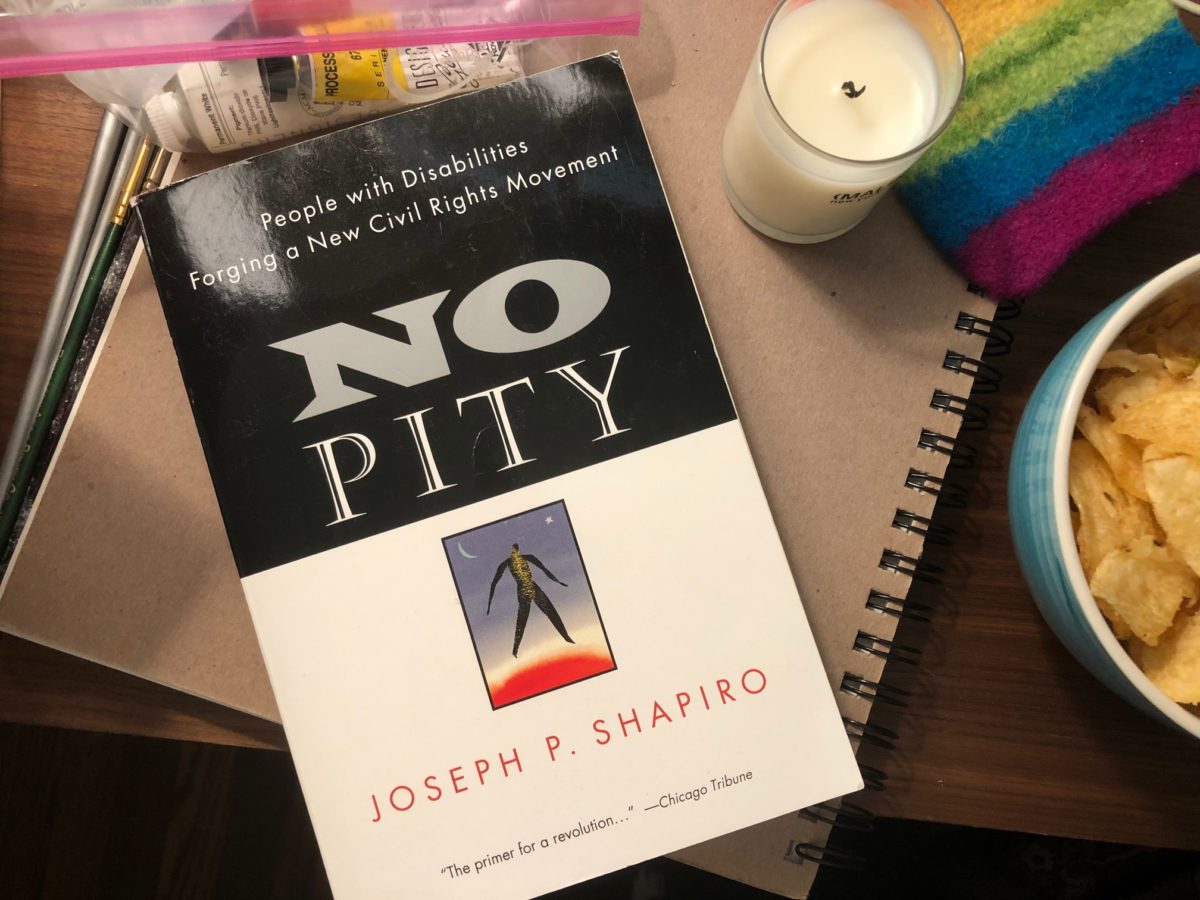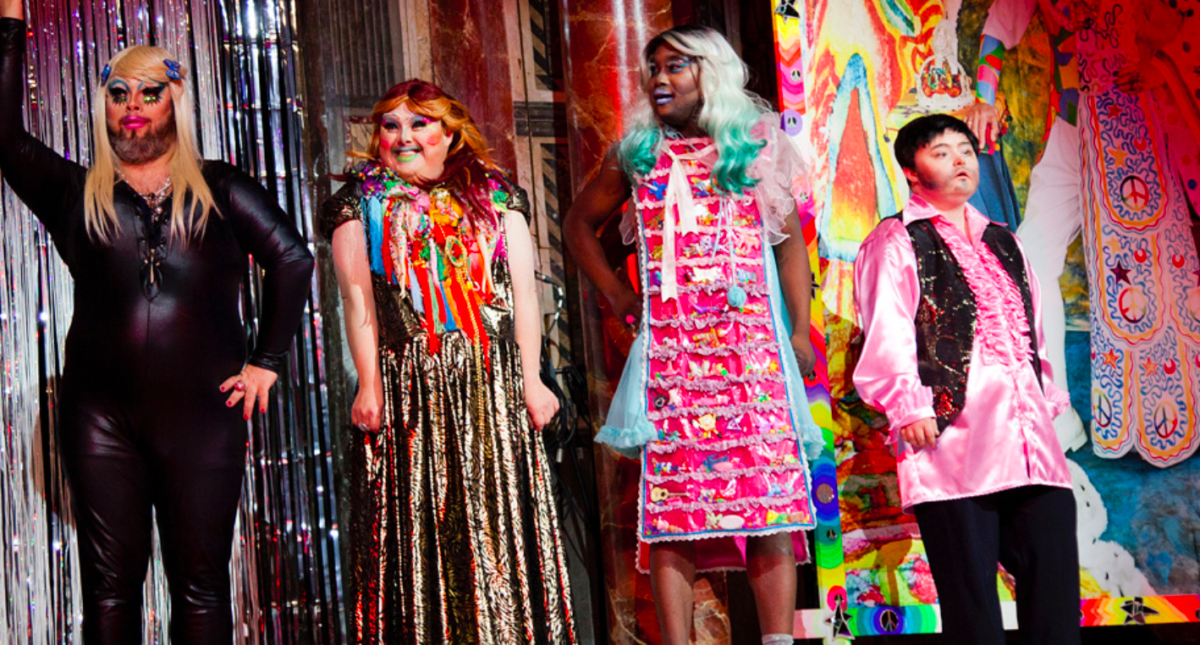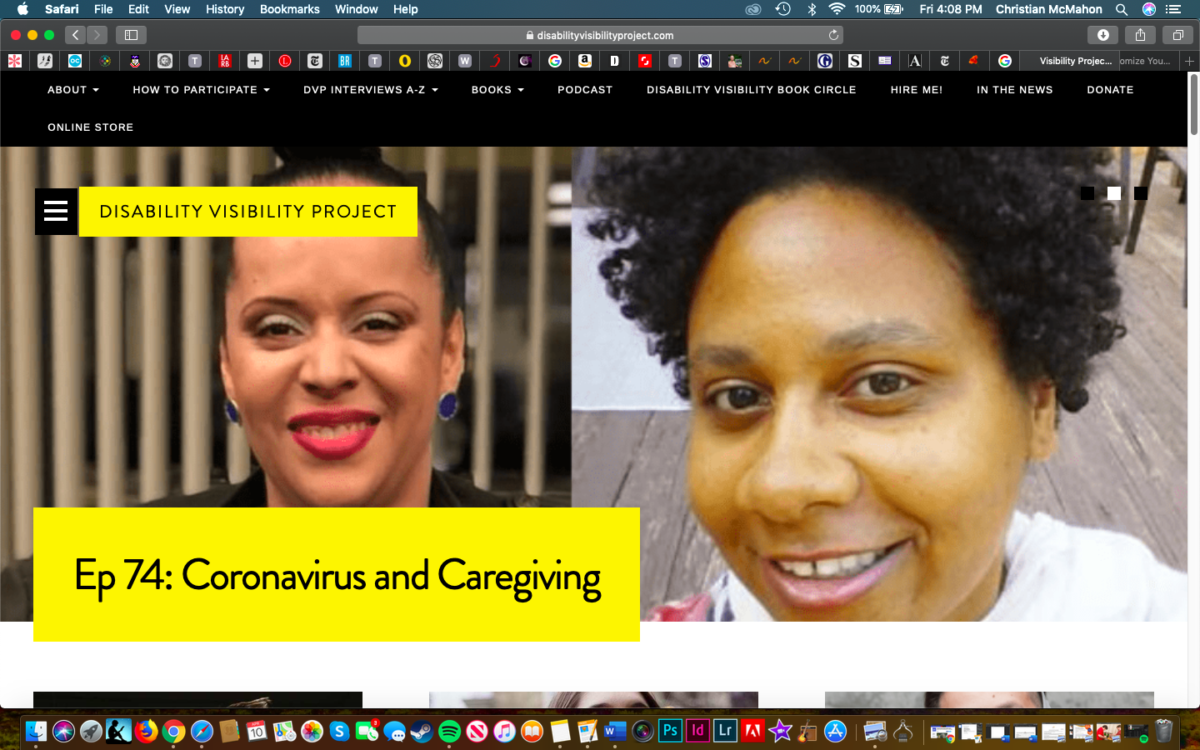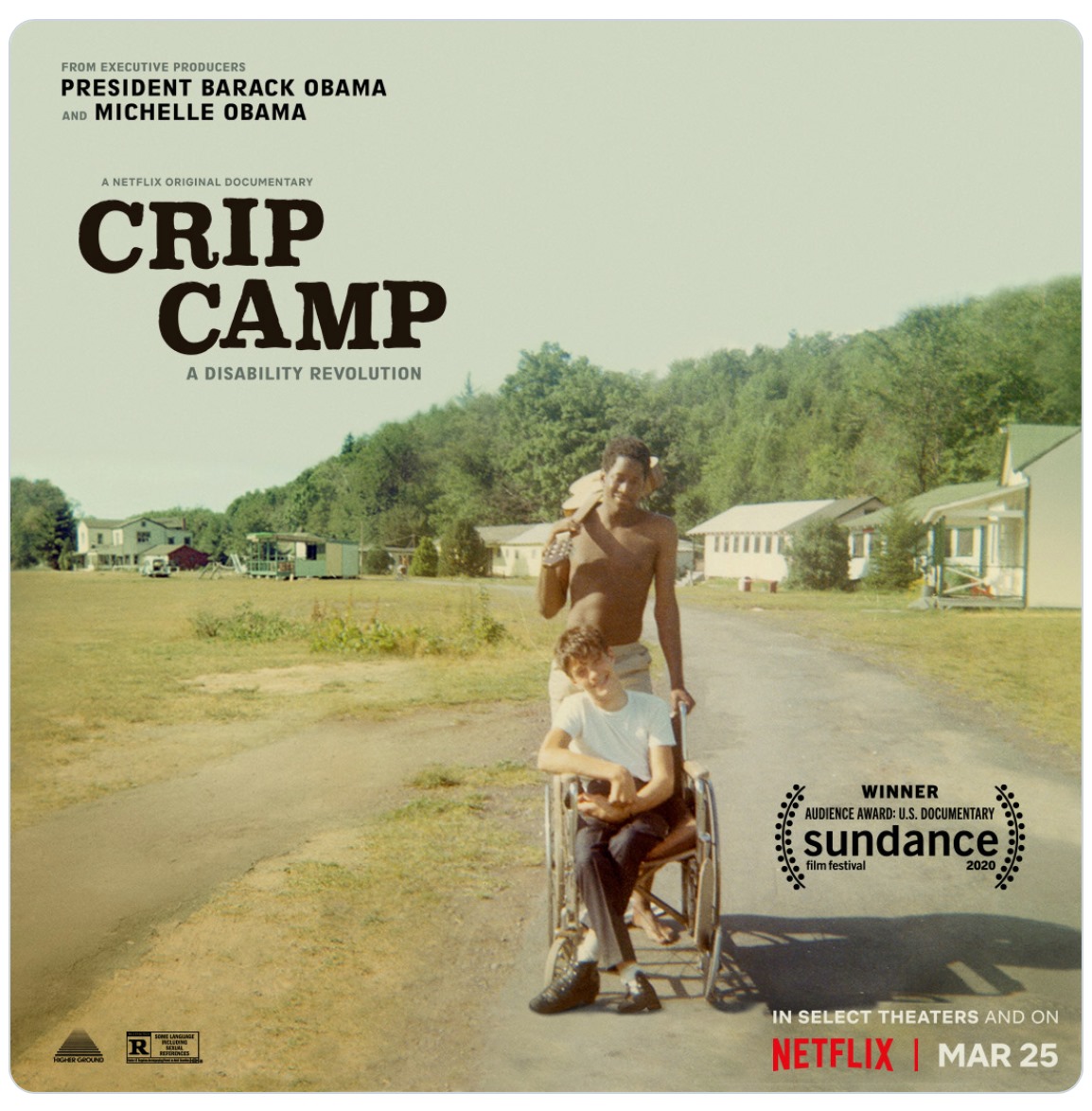Young adulthood is a challenging and exciting time for everyone. Young adults have the opportunity to think about and create an adult life for the first time; choosing careers, dating, and figuring out how to be more independent from their families. Stereotypes would have us believe that this isn’t the case for people with intellectual and developmental disabilities (I/DD). Of course, these stereotypes are wrong. People with I/DD have the same needs and desires as nondisabled people. That is why this week I am highlighting two documentaries, one film and one TV series, following young adults with autism as they work towards their goals.
The first is the film Deej. The film follows DJ Savarese, an incredibly talented writer, advocate, and nonspeaking autistic. Deej combines Savarese’s poetry with animation and follows Savarese through his final year of high school and his first year at college. The film shows the joy, determination, and support that make this leap possible for Savarese. It does not shy away from the difficulties that he faces navigating this transition either. You can watch Deej for free for the rest of the month of July.
The Netflix documentary series Love on the Spectrum follows young people with autism as they try to find romance. The participants are shown talking to their families, peers, and a dating coach as they figure out what kind of romantic life that each of them would like to have. Participants are also seen going on dates with a variety of outcomes.
Love on the Spectrum, like Deej does an excellent job of showing young adults with autism pursuing the adult lives that appeal to them while at the same time honestly portraying the additional challenges that they face as people with disabilities. I recommend these documentaries together because they show a slight sliver of the breadth of diversity among the desires of people with disabilities. Some of us want to pursue activist and artistic careers, some of us want romantic partners, some want both, neither, or something completely different. Regardless of the goal, Love on the Spectrum and Deej portray the creativity, drive, and support that people with disabilities need to flourish.

